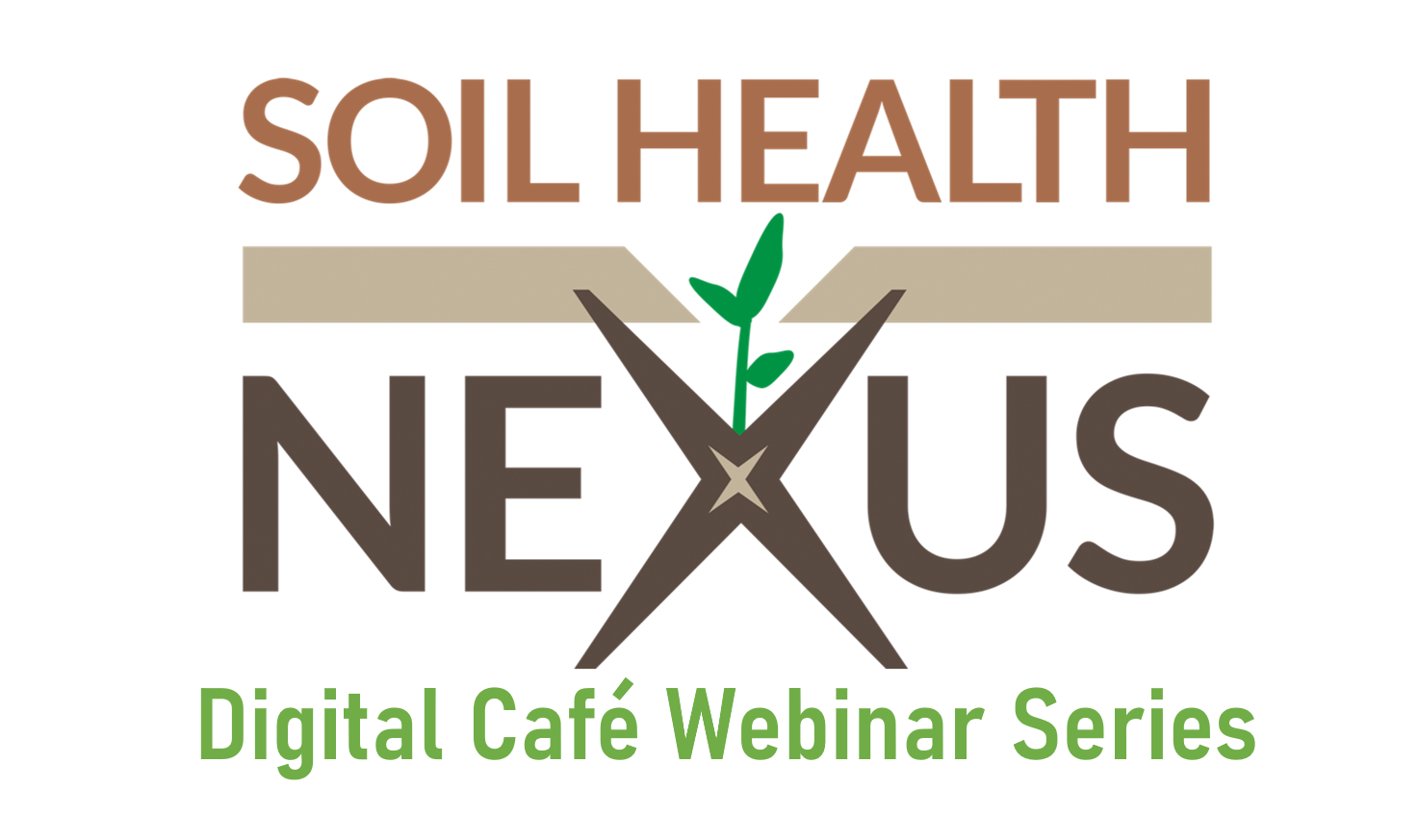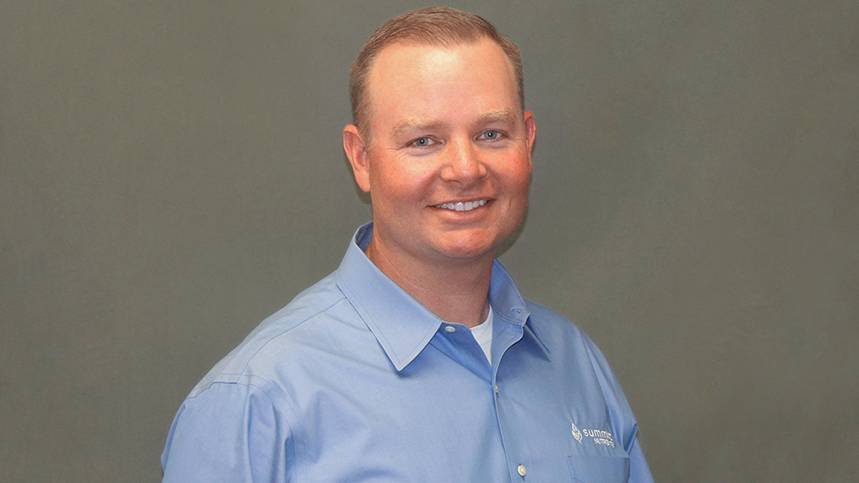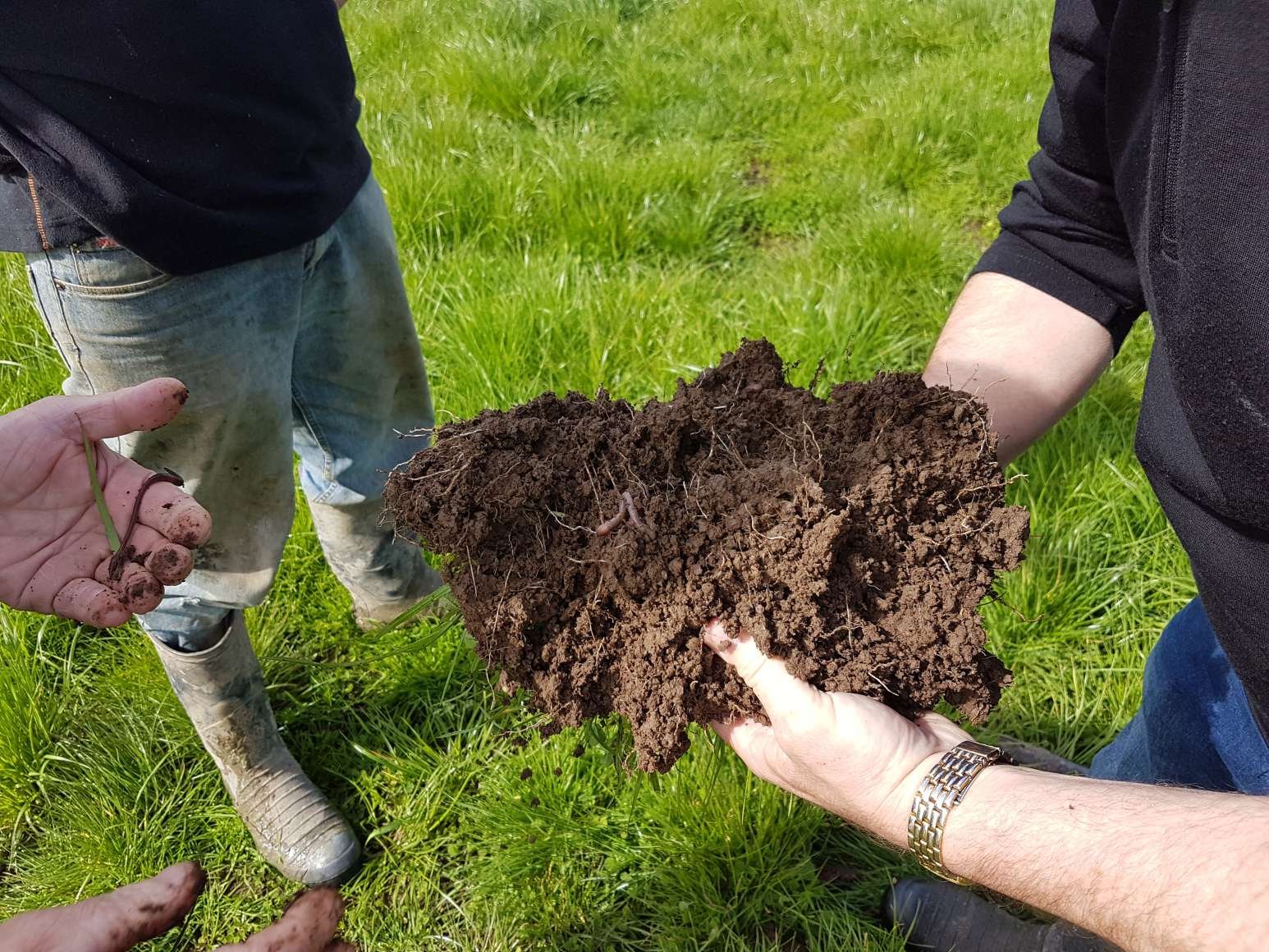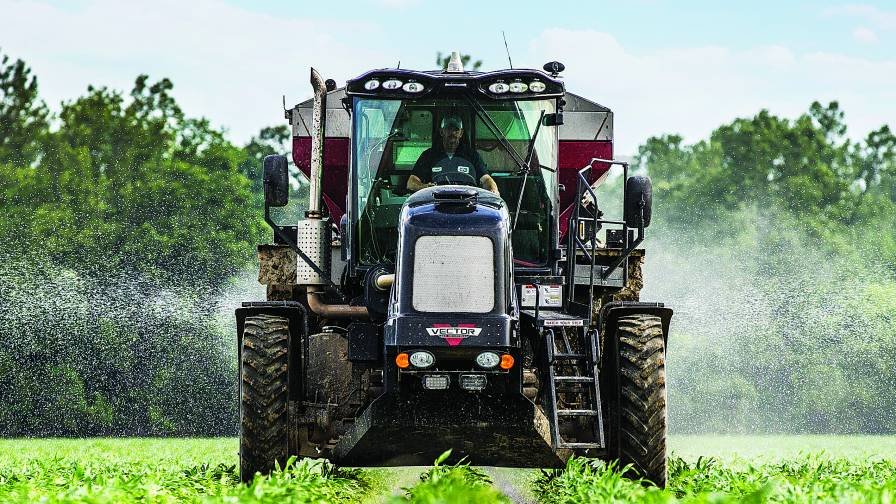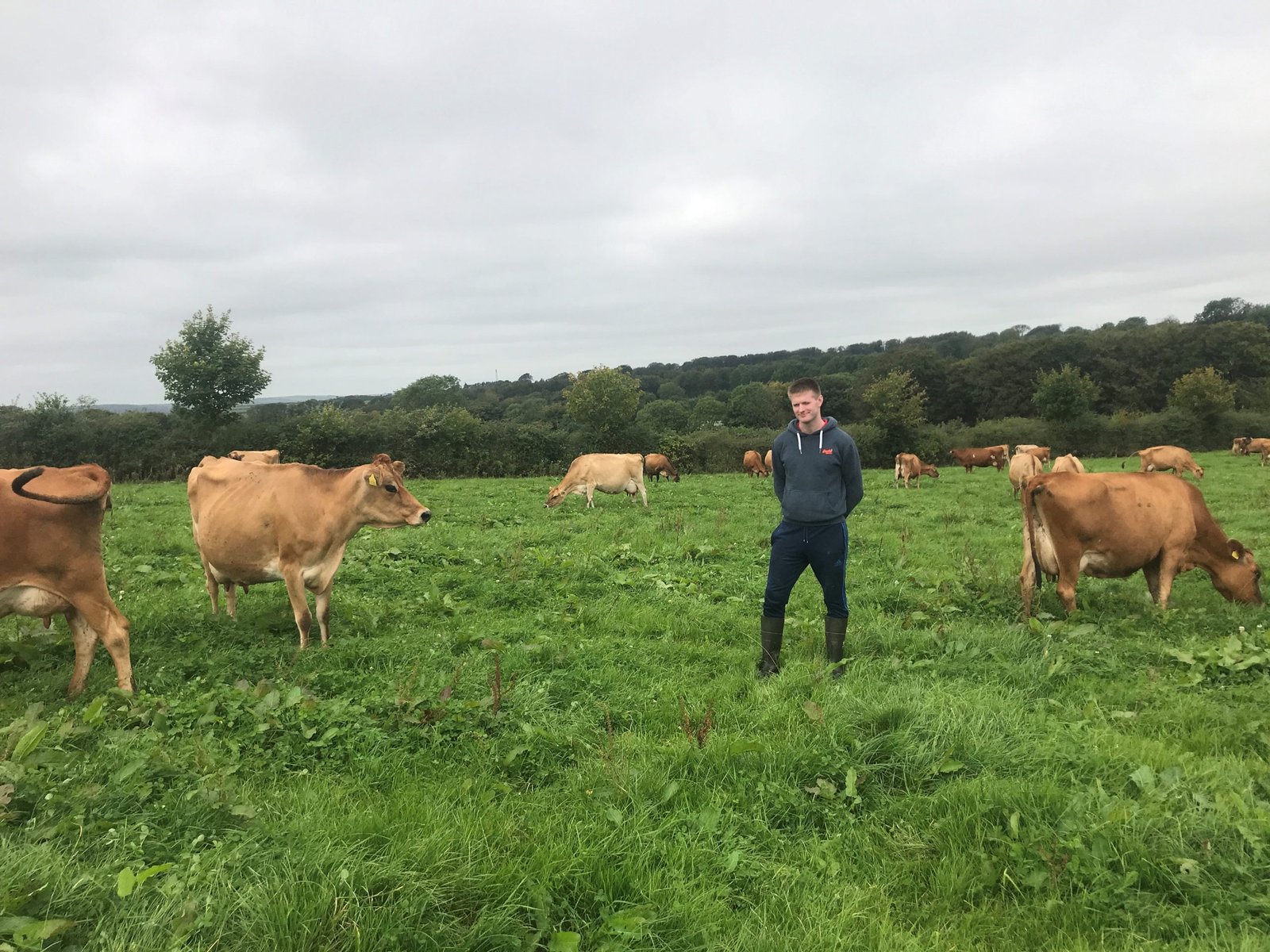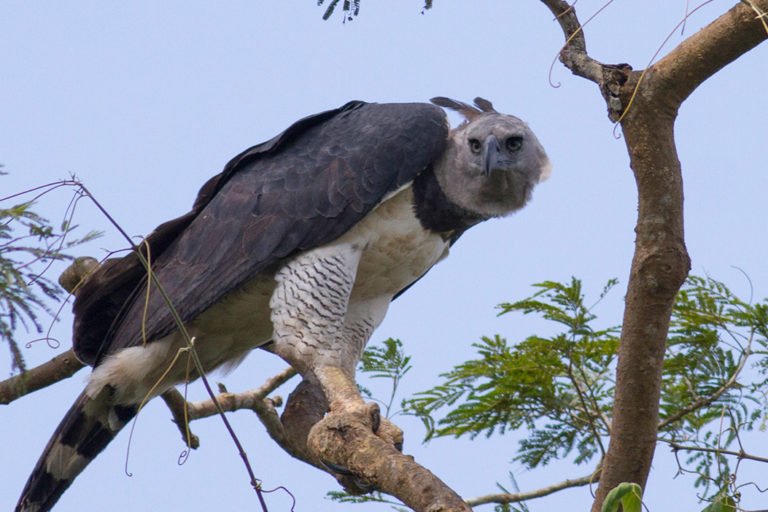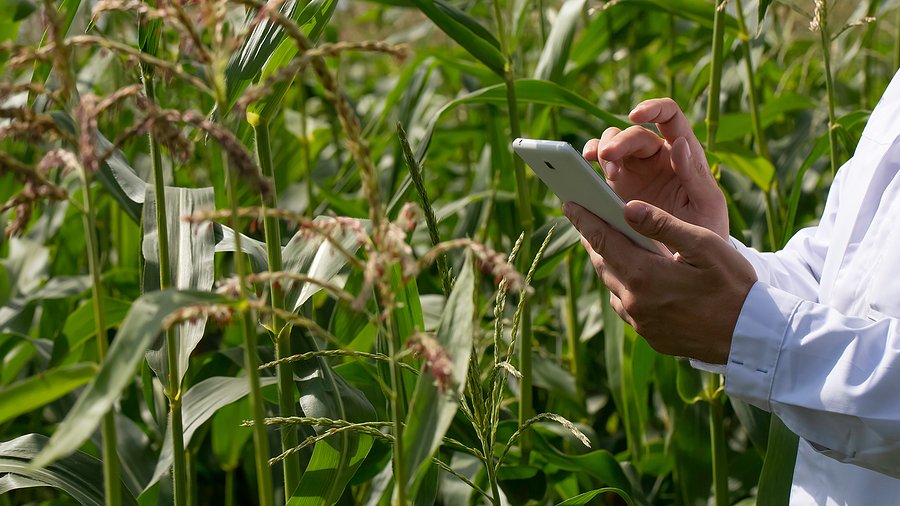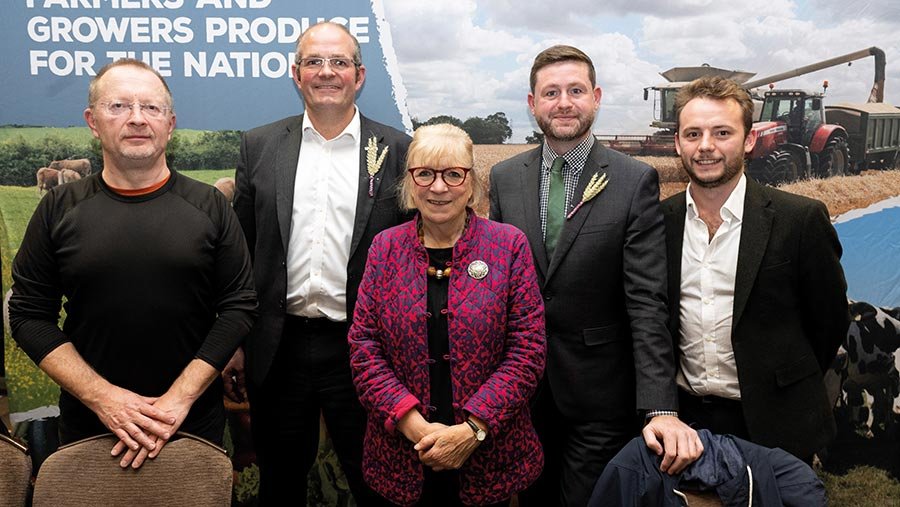Around the world and throughout history, slugs are one of the most enduring and pervasive pests that plague plant cultivation. Slugs cause damages not only to crops, but to pastures, gardens, and, in some regions, even fruit tree plantations, resulting in around 60 million dollars in yearly damages in the United States alone. In the UK, that number ascends to 100 million sterling pounds, and with the potential expansion of the Spanish slug (Arion vulgaris) and other invasive slug species threatening the world’s agriculture, those numbers could go much higher.
To make things worse, the methods used until now to reduce slug damage have increased soil degradation, ultimately working against growers’ best interests. A chapter of the Handbook of Vegetables Pests, published by Academic Press in 2001, recommends for example a finely textured or compacted soil, regular tillage, and the lack of residual organic matter (i.e. mulch) as means to prevent an expansion of the slug problem; all of the methods that also produce soil exposition to environmental degradation. The discovery of a biological means of control for slugs was, consequently, a major advantage for agriculture.
Phasmarhabditis hermaphrodita, the main agent for biological control of slugs.
Enter the humble nematode Phasmarhabditis hermaphrodita, only adequately studied in the 1990s, and now commercialized around the world as a safe and effective tool for slug control. Phasmarhabditis hermaphrodita is a tiny nematode of barely less than two millimeters long (often visible only with a microscope) that enters into the bodies of slugs and parasites them, producing between 200 to 300 other nematodes in the process. Between the introduction of the first nematode into the body of the slug and its ultimate death, a period of 4 to 21 days follows in which the slug will feed gradually less, and at the end of which it will crawl into a secluded space before dying. The nematodes keep acting and reproducing throughout wet or dry weather, as long as slugs are active (especially when they are active, in fact!).
These biological control agents such as pesticides and insecticides also fulfill one of the main conditions to qualify as such at a large scale, which is not becoming an invasive pest itself. Fortunately enough for growers, Phasmarhabditis hermaphrodite has also evolved to target only molluscs, and as such does not attack earthworms, insects, birds, spiders or humans.
AGENT PROFILE
Common name(s): Phasmarhabditis hermaphrodita, commercialized under the name Nemaslug® .
Often-used species: Only the mentioned above.
Type of predator: Not predatorial, parasitic.
Potential damaging effects: Against non-damaging or beneficial freshwater snails; as such it should not be used near bodies of fresh water.
Interesting literature on its usage: A general review on its usage and effects (2009), a brief study of the species in the scientific journal Nematology (2019), on the possibility of similarly useful species existing (2019), a case study on its effectivity on two slug species (2002).


